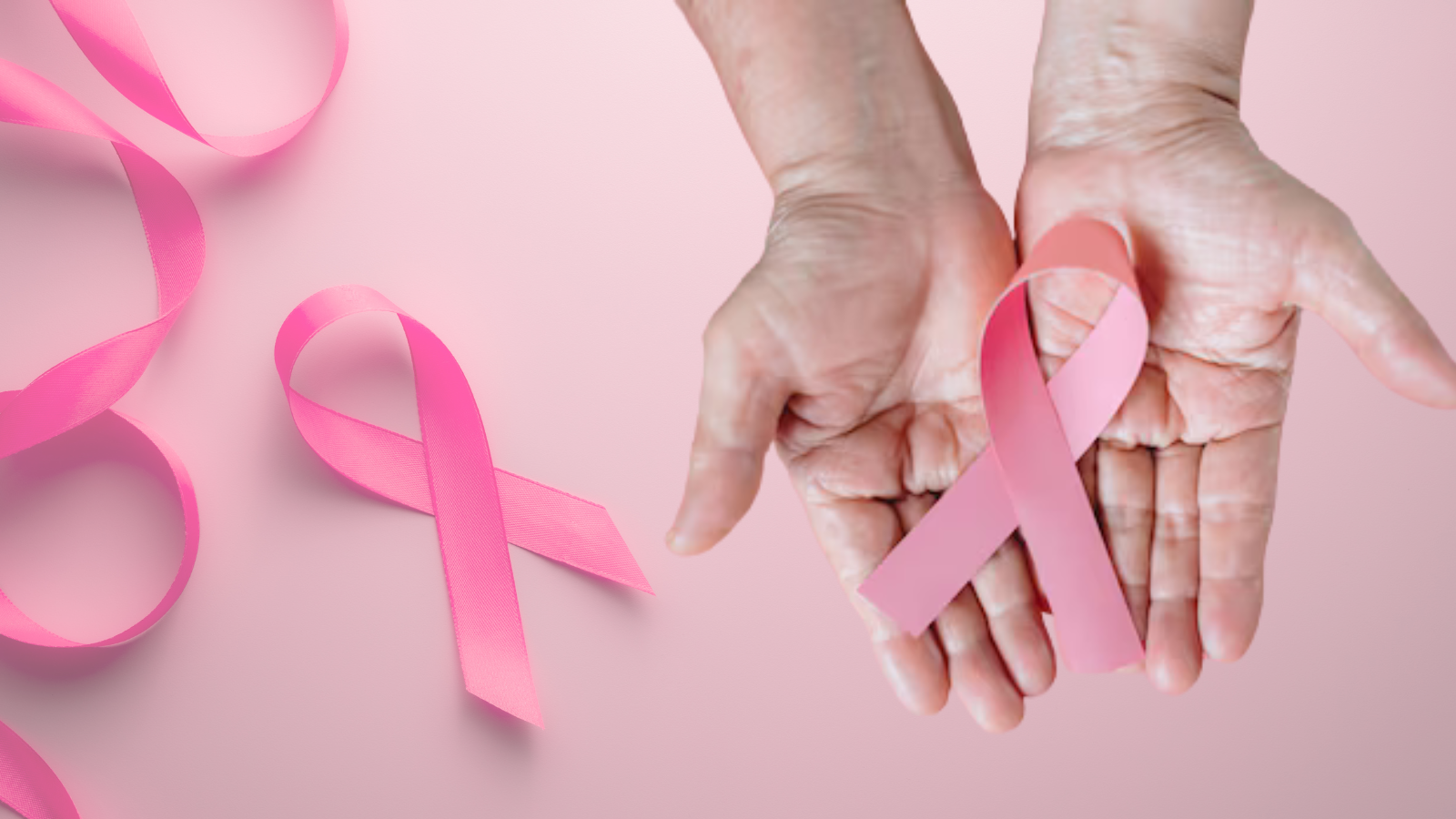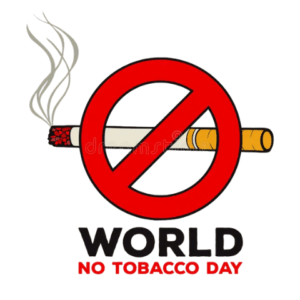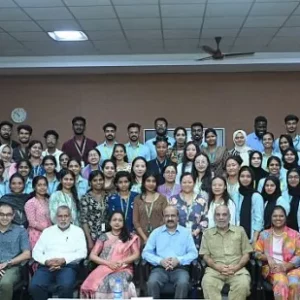October marks Breast Cancer Awareness Month, an important global initiative to raise awareness, promote early detection, and improve treatment outcomes for breast cancer. The pink ribbon, a globally recognized symbol, signifies solidarity and support for women battling the disease. However, India’s journey toward breast cancer awareness goes beyond this symbol. It involves tackling cultural stigma, late diagnosis, limited healthcare access, and the need for stronger public health efforts. With breast cancer becoming the most common cancer among Indian women, with approximately 1,44,000 new cases annually(1), understanding the unique challenges and progress in India is crucial. India faces a rising incidence of breast cancer, GLOBOCAN 2020 data revealed that breast cancer accounted for 13.5% of all cancer cases and 10.6% of all deaths, making it the leading cause of cancer among Indian women(2). By 2040, breast cancer deaths in India and Southeast Asia are expected to rise by 61.7%(3). The disease affects women from all socioeconomic backgrounds, but the burden is particularly heavy for women in low-income and rural areas, where access to healthcare is limited and awareness of the disease remains low.
One of the biggest challenges India faces in its battle against breast cancer is late diagnosis. More than half of breast cancer cases are detected at advanced stages when treatment is more complex, and survival rates decrease sharply. This delay is largely due to a lack of awareness among women about early symptoms, along with cultural stigma that discourages seeking medical help. Discussing breast health remains taboo, especially in rural areas, and this silence can be fatal. Prevention and early detection are the most effective ways to fight breast cancer. The World Cancer Report 2020 emphasizes that early detection and swift treatment are the best interventions for controlling breast cancer. A study showed the survival rate after 5 years, depending on the time of diagnosis: 95% for Stage I, 92% for Stage II, 70% for Stage III, and only 21% for Stage IV(5). Another recent study in India showed that women suffering from breast cancer had a five-year survival rate of 66.4%, with the patients diagnosed at the local stage having about 4.4 times greater chance of survival compared to those diagnosed at a distant stage (3). Yet, many women in India never get regular tests, and usually, they seek help at quite advanced stages. This highlights the urgent need for widespread education campaigns promoting self-exams and clinical check-ups.
While cities like Mumbai, Delhi, and Bangalore have advanced cancer facilities, rural India faces a different reality. Many remote areas lack diagnostic centers, mammograms, and oncologists, leading to late or incorrect diagnoses. Telemedicine, which has grown since the COVID-19 pandemic, offers hope for bridging this gap. Virtual consultations with experts and mobile screening units provided by NGOs aim to reach underserved areas. However, more investment in digital infrastructure and rural healthcare training is needed for telemedicine to be fully effective. In addition to logistical challenges, social stigma is another barrier to early detection and treatment. Many Indian women fear being rejected by their families or communities if diagnosed with breast cancer. This stigma prevents discussions about breast health and delays seeking care. Addressing this requires a cultural shift, facilitated by public awareness campaigns that normalize conversations about breast health and cancer. The Indian government and NGOs have made progress, but more targeted efforts are needed. The Ayushman Bharat scheme provides affordable cancer treatment to underserved populations, but specific needs for breast cancer patients must be addressed. Technological advances, such as AI-based diagnostic tools in mammography machines, are improving accuracy and reducing human error, especially in areas lacking experienced radiologists. According to studies, AI technologies are showing promise for early detection in resource-poor settings, improving the quality of life. (4)
India’s journey toward breast cancer awareness and treatment must move beyond symbolic gestures like the pink ribbon. While these symbols are important but true progress requires addressing late diagnosis, healthcare access issues, stigma, and weak public health initiatives. Public campaigns must empower women to detect breast cancer early, break the silence surrounding the disease, and ensure accessible treatment for all. By fostering openness, supporting government programs, and embracing technology, India can reduce the impact of breast cancer. As we commemorate Breast Cancer Awareness Month, it is important to reflect on the progress India has made while recognizing the challenges that still remain. The fight against breast cancer is about both awareness and action, ensuring that all women, no matter where they live, are empowered to manage their well-being and have the accessibility to seek healthcare.
Reference:
1. Indian Council of Medical Research. Consensus Document for Management of Breast Cancer.20162.
2. Mehrotra R, Yadav K. Breast cancer in India: Present scenario and the challenges ahead. World J Clin Oncol. 2022 Mar 24;13(3):209.
3. Sathishkumar K, Sankarapillai J, Mathew A, Nair RA, Gangane N, Khuraijam S, et al. Breast cancer survival in India across 11 geographic areas under the National Cancer Registry Programme. Cancer. 2024;130(10):1816–25.
4. Bhattacharya S, Varshney S, Heidler P, Tripathi SK. Expanding the horizon for breast cancer screening in India through artificial intelligent technologies -A mini-review. Front Digit Health. 2022 Dec 23;4:1082884.
5. Arumugham R, Raj A, Nagarajan M, Vijilakshmi R. 327P – Survival Analysis of Breast Cancer Patients Treated at a Tertiary Care Centre in Southern India. Ann Oncol. 2014 Sep 1;25:iv107.
About the Author: Akangkokla Namo is MPH Scholar at Edward & Cynthia Institute of Public Health – Advanced Technical Cooperation Center with Yenepoya ( DU).
Disclaimer: Views expressed are the author’s own. Edward & Cynthia Institute of Public Health or Yenepoya (Deemed to be University) are not responsible for contents or opinions reflected in this article.
Akangkokla Namo
-
Akangkokla Namo#molongui-disabled-link




